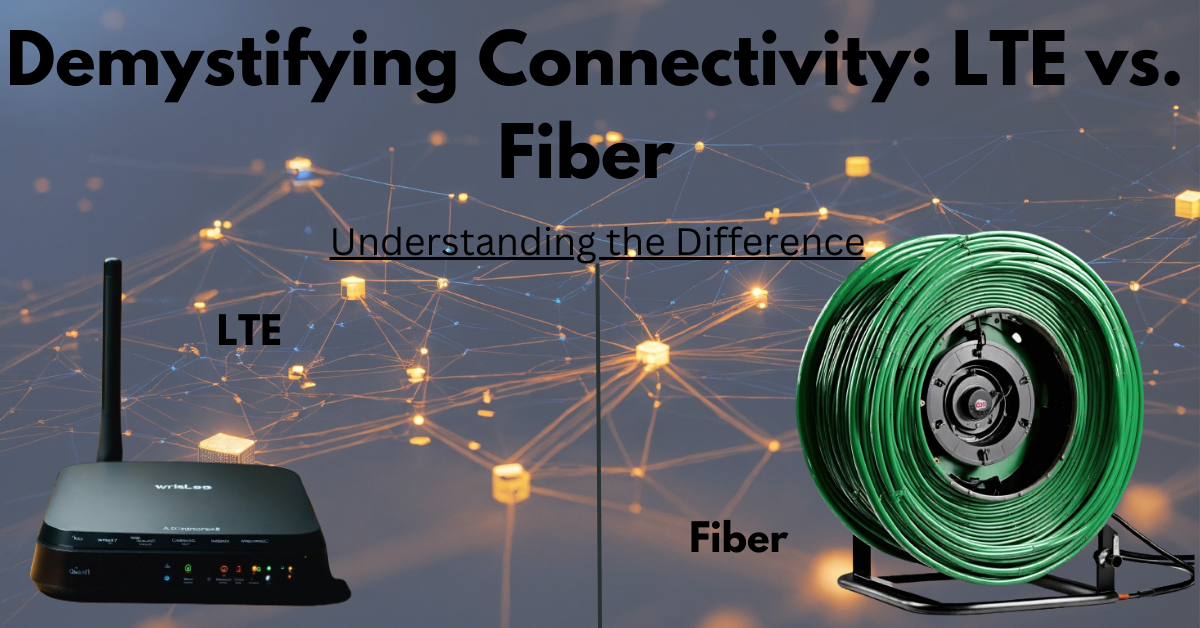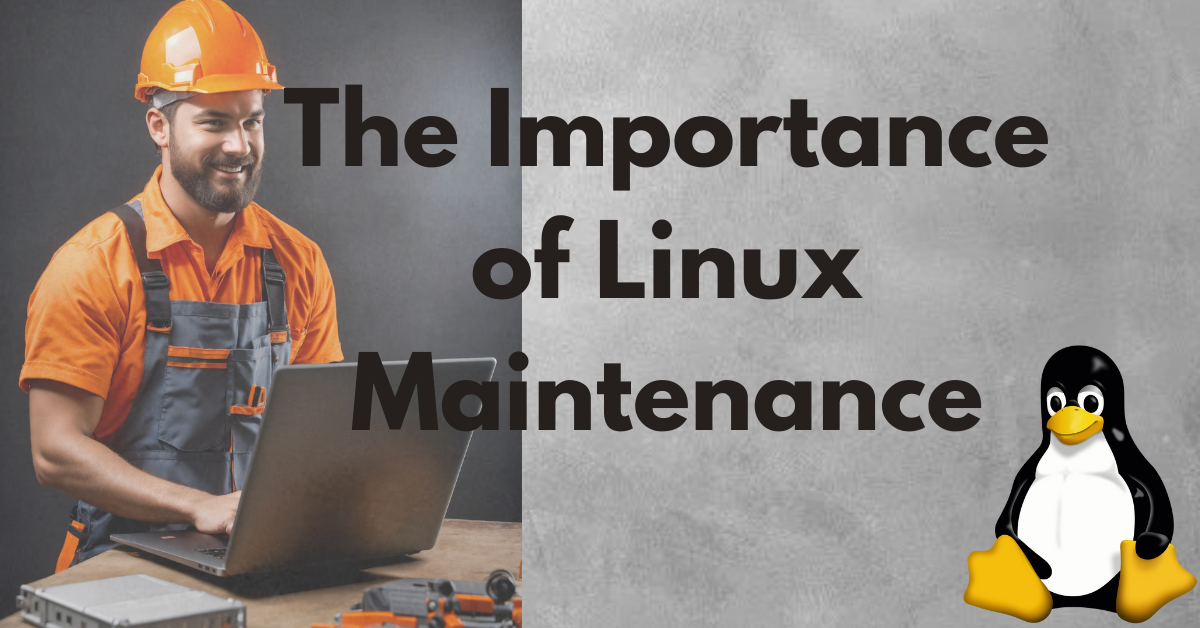Understanding the Difference.
In today’s hyper-connected world, understanding the nuances of different internet connectivity options is crucial, whether you’re a casual internet user or a business owner. Two prominent technologies that often come into comparison are LTE (Long-Term Evolution) and Fiber-optic internet. While both offer high-speed internet access, they operate quite differently and cater to distinct needs and circumstances. Let’s delve into the intricacies of LTE and Fiber-optic internet to demystify their functionalities and benefits.
LTE: Mobility and Convenience
LTE, commonly known as 4G, is a wireless broadband technology that allows users to access the internet via cellular networks. It’s widely utilized in smartphones, tablets, and other mobile devices. LTE offers significant advantages in terms of mobility and convenience:
- Wireless Accessibility: LTE enables internet access on the go, allowing users to stay connected while commuting, traveling, or in areas where wired connections are unavailable.
- Quick Deployment: Setting up an LTE connection is relatively quick and straightforward compared to laying down fiber-optic cables. This makes LTE an attractive option for temporary setups, remote locations, or areas with limited infrastructure.
- Scalability: LTE networks can handle a large number of users simultaneously, making them suitable for densely populated areas or events where a sudden surge in connectivity demands is expected.
- Backup Connectivity: Many businesses rely on LTE as a backup internet connection in case of disruptions to their primary wired connection. This redundancy ensures uninterrupted operations, especially in critical scenarios.
Despite its versatility, LTE has limitations that may impact its suitability for certain applications:
- Speed and Bandwidth: While LTE offers impressive speeds, it typically falls short of the ultra-high speeds achievable with fiber-optic connections. Additionally, LTE bandwidth is shared among users in a given area, which can result in decreased performance during peak usage times.
- Coverage and Reliability: LTE coverage may vary depending on geographical location and network infrastructure. Rural or remote areas may experience weaker signals or limited coverage, impacting the reliability of the connection.
Fiber-Optic Internet: Speed and Stability
Fiber-optic internet, often referred to as Fiber, relies on optical fibers to transmit data using light signals. This technology offers unparalleled speed, reliability, and scalability, making it the preferred choice for many businesses and households:
- Blazing Fast Speeds: Fiber-optic internet can deliver symmetrical upload and download speeds of up to 1 Gbps (Gigabit per second) and beyond, surpassing the capabilities of traditional broadband technologies like DSL and cable.
- Low Latency: Fiber-optic cables transmit data at the speed of light, resulting in minimal latency or lag. This makes fiber-optic internet ideal for latency-sensitive applications such as online gaming, video conferencing, and cloud computing.
- Reliability: Unlike copper-based connections prone to interference and signal degradation, fiber-optic cables are immune to electromagnetic interference and environmental factors, ensuring a stable and consistent internet connection.
- Future-Proof Infrastructure: Investing in fiber-optic infrastructure is a long-term solution that can accommodate the growing bandwidth demands of emerging technologies such as 5G, IoT (Internet of Things), and AI (Artificial Intelligence).
While fiber-optic internet offers numerous benefits, its deployment involves significant upfront costs and infrastructure requirements:
- Installation Challenges: Installing fiber-optic cables requires extensive planning, excavation, and deployment, which can be time-consuming and disruptive, especially in densely populated urban areas.
- Limited Availability: Fiber-optic networks may not be universally accessible, particularly in rural or remote regions where the cost of infrastructure deployment outweighs the potential returns.
Choosing the Right Connectivity Option
In conclusion, the choice between LTE and Fiber-optic internet depends on various factors such as speed requirements, mobility, reliability, and geographic location. For users prioritizing mobility and quick deployment, LTE offers flexibility and convenience. On the other hand, businesses and individuals seeking top-notch speed, stability, and future-proof connectivity may opt for Fiber-optic internet, albeit at a higher initial investment.
Ultimately, understanding the strengths and limitations of each technology empowers users to make informed decisions based on their specific needs and preferences. Whether you’re streaming HD videos on the go or running a mission-critical enterprise network, having the right connectivity solution is paramount in today’s interconnected world. #divineonline #ITsolutions #LTE #Fiber












